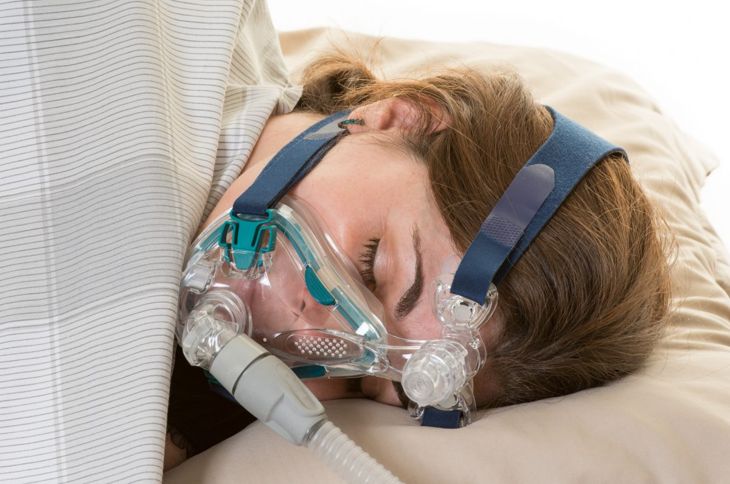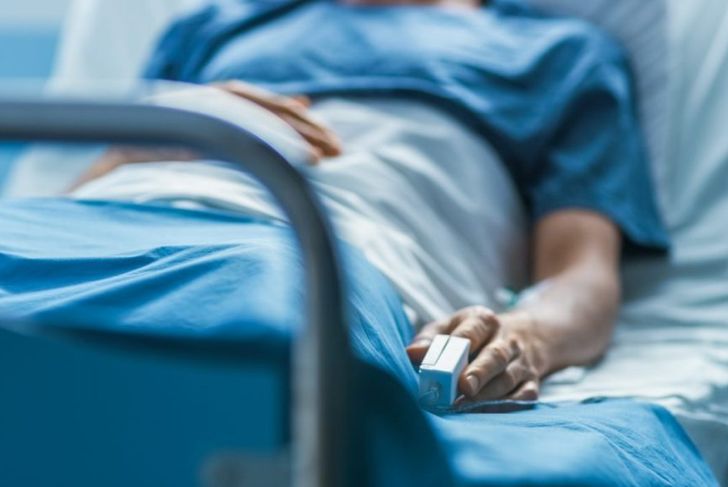SARS or severe acute respiratory syndrome stems from a strain of coronavirus that causes serious respiratory illness. The virus spreads from person to person through contact with bodily fluids and from respiratory droplets from coughing. It can also be spread by touching surfaces that contain bodily fluids from an infected person. SARS can lead to many common respiratory infection symptoms, as well as additional complications, including death.
Fever and Chills
Fever is one of the most common symptoms of SARS and may be the first symptom people experience. In most cases, the body temperature rises above 100.4 degrees Fahrenheit. Along with fever, people with SARS often experience chills as the temperature rises, and many report night sweats as the fever breaks. Fever is the body’s attempt to fight off the infection.
Body Aches
Most people with SARS experience body aches, generalized weakness, and may complain of achy muscles that feel stiff and heavy. The symptoms may come and go and are most pronounced when the fever is high. The body aches could be severe enough to render the affected individual unable to get out of bed or carry out their normal activities. Along with achy muscles, most people with SARS feel weak and devoid of energy. The body aches and weakness are due to inflammation from the immune system’s attempts to fight the infection. Bringing the fever down often reduces the severity of this symptom.
Headache
Many people diagnosed with SARS experience a headache. Head discomfort associated with SARS can vary in intensity from a mild, dull ache in the front or back of the head to more severe pain. The headache may come and go or be a persistent symptom throughout the illness. Doctors can prescribe medications to relieve headaches.
Cough
Another common symptom of SARS is a cough that develops a few days to a week after contracting the virus. Some people with the virus have a dry, hacking cough, but don’t cough up phlegm or sputum. Others have a productive cough that produces thick, discolored sputum or blood. The cough is due to inflammation in the airways from the immune system’s response to the virus. One way the virus spreads is from respiratory droplets released into the air from coughing.
Sore Throat
It’s not uncommon for people with SARS to develop a mild sore throat within a few days of contracting the virus. Depending upon the severity of the infection, SARS carriers might mistake the sore throat for a cold. However, a high fever suggests that something more serious is going on. This symptom comes from the virus’ effects on the throat and nasal passages. The body reacts to the virus by mounting an inflammatory response that causes pain and swelling of tissues that line the throat.
Loss of Appetite
Most people with SARS experience a loss of appetite and may have problems eating at all. However, it’s critical to consume enough fluids to prevent hydration since fever can lead to loss of bodily fluids. When a person with SARS is hospitalized, they receive intravenous fluids to replace fluid loss. Good nutrition is vital to help the body heal. Unfortunately, loss of appetite may persist even after a person recovers.
Shortness of Breath
Some people with SARS develop pneumonia, a more serious infection of the lungs that causes inflammation. An individual with pneumonia due to SARS may become short of breath and require oxygen or a breathing tube. Doctors make the diagnosis of pneumonia with a chest X-ray. Individuals with SARS who develop pneumonia need intensive therapy and monitoring to survive and recover.
Diarrhea
Between 10 and 20% of people with SARS complain of diarrhea. One study found that diarrhea, if it occurs, usually appears between seven and eight days after diagnosis. Episodes of diarrhea may occur only a few times per day or as often as 20 times daily. The diarrhea may be watery or partially formed and is due to the virus’s effects on the digestive tract. Diarrhea is more common in people who are hospitalized for SARS. The virus can also be transmitted through contact with an infected person’s feces.
Secondary Health Problems
Less commonly, SARS can affect organs other than the respiratory passages, digestive tract, and lungs. In severe cases, the virus can cause inflammation of the liver and interfere with its function. Rarely, it causes inflammation and breakdown of muscle tissue, a condition called rhabdomyolysis. It can also, in rare cases, damage the heart. Viruses, particularly the SARS virus, can be unpredictable. That’s why anyone with this condition requires supportive therapy, usually in a hospital, and close monitoring.
Treatment of SARS
There is no definitive cure for SARS. Rather, doctors undertake supportive treatments that may include analgesics to bring down the fever, steroids to reduce lung inflammation, and oxygen or respiratory support for people who have pneumonia and difficulty breathing. In some cases, they may prescribe antiviral drugs. Treatment is individualized based on the person’s symptoms.

 Home
Home Health
Health Diet & Nutrition
Diet & Nutrition Living Well
Living Well More
More




















